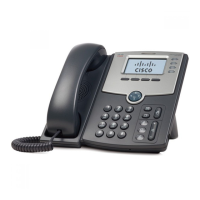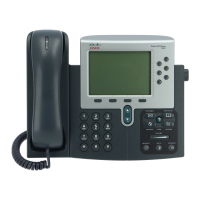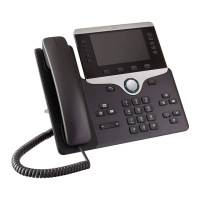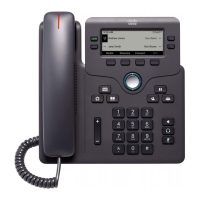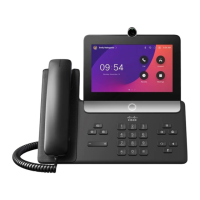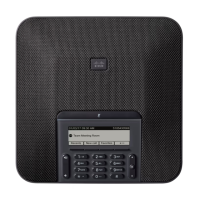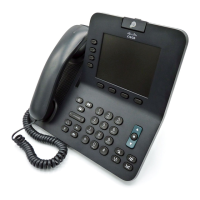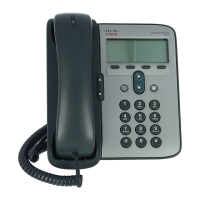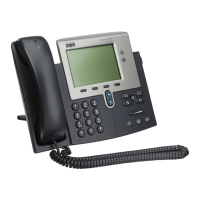3-30
Cisco SIP IP Phone Administrator Guide
Chapter 3 Managing Cisco SIP IP Phones
Using the Command-Line Interface
Using the Command-Line Interface
You can use Telnet or a console to connect to your Cisco SIP IP phone to debug or troubleshoot the
phone. Table 3-7 shows the available CLI commands:
Table 3-7 CLI Commands
Command Purpose
SIP Phone> clear {arp | malloc | tcp-stats}
Clears the following, depending on keywords used:
• arp: Clears the Address Resolution Protocol (ARP)
cache.
• malloc: Clears the memory allocation table.
• tcp-stats: Clears the TCP statistics.
SIP Phone> debug {arp | console-stall | strlib |
malloc | malloc-table | sk-platform | flash | dsp |
vcm | dtmf | task-socket | lsm | fsm | auth | fim |
gsm | cc | cc-msg | error | sip-task | sip-state |
sip-messages | sip-reg-state | dns | config | sntp |
sntp-packet | http | arp-broadcast | xml-events |
xml-deck | xml-vars | xml-post}
Shows detailed debug output when used with the following
keywords:
• arp: Shows debug output for the ARP cache.
• console-stall: Shows debug output for the console-stall
driver output mode.
• strlib: Shows debug output for the string library.
• malloc: Shows debug output for memory allocation.
• malloc-table: Enables the population of the memory
allocation table. The table can be viewed with the show
malloc-table command.
• sk-platform: Shows debug output for the platform.
• flash: Shows debug output for the Flash memory.
• dsp: Shows debug output for DSP accesses.
• vcm: Shows debug output for the voice channel manager
(VCM), including tones, ringing, and volume.
• dtmf: Shows debug output for DTMF relay.
• task-socket: Shows socket task debug output.
• lsm: Shows debug output for the Line State Manager.
• fsm: Shows debug output for the Feature State Manager.
• auth: Shows debug output for the SIP authorization state
machine.
• fim: Shows debug output for the Feature Interaction
Manager.
• gsm: Shows debug output for the Global State Manager.
• cc: Shows debug output for call control.
• cc-msg: Shows debug output for the call control
messages.
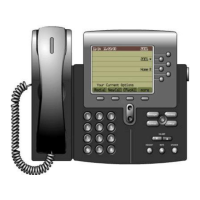
